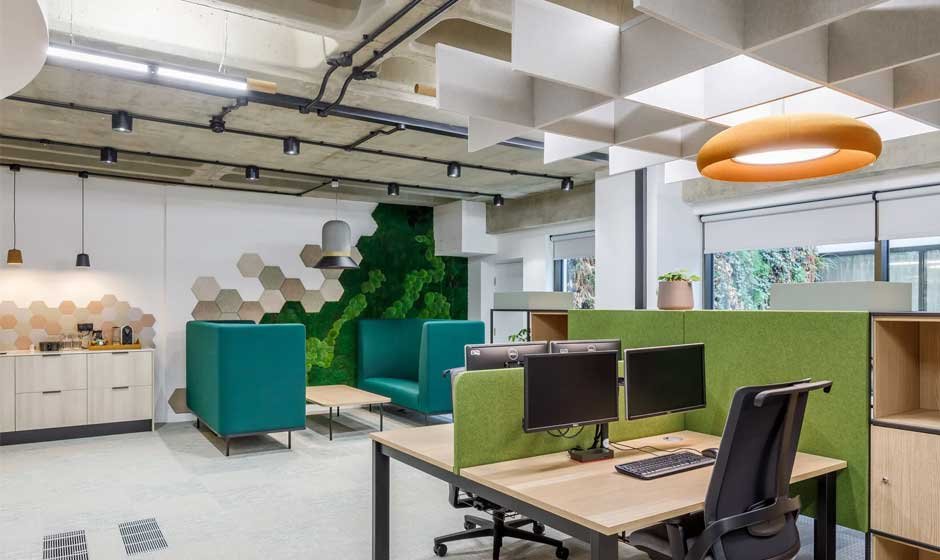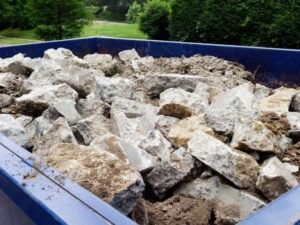Sustainability is now a core principle in commercial property development. As UK businesses work toward net-zero carbon goals, environmentally conscious design has moved from niche to necessity. From construction materials to long-term energy savings, every choice made during a workplace fit out can make a difference to the planet. Whether you’re developing a new build, or renovating an existing workplace, here are some practical ways to embed sustainability into your office design.
Use low-carbon materials
Select construction materials with minimal embodied carbon. The production of recycled steel, engineered wood, and rammed earth, for example, results in very low carbon emissions. For interiors, practical materials like chipboard offer an affordable and eco-conscious solution. Often made from recycled wood fibres, chipboard is ideal for office furniture and partitioning and reduces demand for raw resources while delivering durability.
Install energy-efficient features
Upgrading your building’s lighting, HVAC (Heating, Ventilation, and Air Conditioning) systems, and building controls is one of the most effective ways to cut energy consumption. LED lighting and smart thermostats are now standard in eco-forward office designs, while high-efficiency HVAC systems optimise temperature regulation. Over time, these installations not only support sustainability goals but will deliver measurable cost savings.
Greener buildings, cleaner air
Green roofs with soil and vegetation, lush living walls and vertical gardens, and other innovative planting schemes look great, and also contribute to better air quality in addition to improving biodiversity. These features also provide better insulation, so that the building relies less on mechanical heating and cooling. They will also enhance a building’s sustainability and appeal to eco-conscious tenants.
Embrace reusable materials
When it comes to sustainability, circular economy design is an increasingly popular approach that encourages thinking beyond a building’s first lifecycle. The idea is to keep resources in circulation longer. If you use modular structures and furniture, demountable partitions, and recyclable materials, they can be taken apart and reused when no longer needed, or more easily repaired. You’re keeping waste out of landfill, reducing pollution, and ensuring that any office upgrades will be less resource-intensive over time.
Get environmental certifications
Earning certifications like BREEAM (Building Research Establishment Environmental Assessment Method) or LEED (Leadership in Energy and Environmental Design) is a public demonstration of commitment to sustainability. These frameworks assess everything from energy efficiency and material sourcing to air quality and waste management. If you’re a developer, certifications are also a great way to add long-term value to a building since they boost the appeal of the building to potential tenants and investors.
Green by design
Creating sustainable workplaces isn’t just good for the environment – it’s also a really smart investment. By choosing the right materials, technologies, and design frameworks, businesses can meet regulatory targets while building spaces that are healthier, more efficient, and ready for the future.










